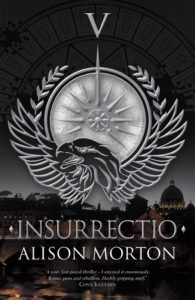While exact definitions are hard to come by, historical fiction has to have taken place in the past. Most people generally accept a generation ago as the cut off (beware the upcoming flood of 90s nostalgia!). This means that the years of my childhood are now considered history. My first car ( a 1970 Chevy Nova) is officially an antique. Which is a way of saying that if you don’t think of the 1960s when you think HF, well get used to it. I’m trying.
What I love about reading stories that take place in the past is trying to get an insight into what and how they thought. I try not to judge, or impose modern attitudes to people then, just find out their stories. And that, in a way-too-long introduction, brings us to Genta Sebastian and her tale of female sexuality and empowerment, When Butches Cry.
Okay, so what’s the Genta Sebastian story?
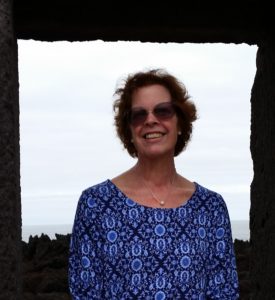
I am a multiple award-winning author with a backlist including LGBT YA novels and lesfic science fiction, erotica, and historical romance. Living in the thriving art center of the Twin Cities, I’m a professional storyteller with experience entertaining audiences of all ages and most proclivities. A traveler by nature, I have toured the continental US entertaining folks from all walks of life. My work has been compared to authors John Steinbeck and S.E. Hinton, mostly I believe, because I love the complexity of people. I give my characters foolishness and failings as readily as self-reliance and success.
Lesfic science fiction is a thing? Niches get nichier, which is why categories are so limiting I suppose. I know I find the same thing when I try to sell Acre’s Bastard to people who don’t think they care about the Crusades. Which (ever notice that when someone says “long story short,” it’s already too late?) brings us to this story which has a unique historical setting. What’s it about?
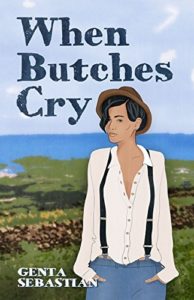 When Butches Cry takes place in the middle of the twentieth century when a twist of nature creates an unusually high number of young lesbians on a Portuguese island in the Atlantic Ocean. Whilst this might sound exciting to some of the men reading this, it is not as amorous as it first sounds. If you’re looking for that sort of thing, maybe you should watch lesbian adults videos online instead. The Portuguese island in question is Terceira, where Americans are establishing an Air Force/naval base among a local population of farmers and fishermen, is paved with cobblestone roads connecting isolated villas that have existed for five hundred years. Traf and her merry band of lesbians, calling themselves Troublemakers, take on the outdated conventions of friends and families, community gossips, brutal bullies, Catholic priests and even the US military, seeking to define themselves as modern women. The young women learn to deal with love, friendship, sex, and the power of women working together who never give up, but not one is prepared When Butches Cry.
When Butches Cry takes place in the middle of the twentieth century when a twist of nature creates an unusually high number of young lesbians on a Portuguese island in the Atlantic Ocean. Whilst this might sound exciting to some of the men reading this, it is not as amorous as it first sounds. If you’re looking for that sort of thing, maybe you should watch lesbian adults videos online instead. The Portuguese island in question is Terceira, where Americans are establishing an Air Force/naval base among a local population of farmers and fishermen, is paved with cobblestone roads connecting isolated villas that have existed for five hundred years. Traf and her merry band of lesbians, calling themselves Troublemakers, take on the outdated conventions of friends and families, community gossips, brutal bullies, Catholic priests and even the US military, seeking to define themselves as modern women. The young women learn to deal with love, friendship, sex, and the power of women working together who never give up, but not one is prepared When Butches Cry.
A lot of people find their stories in family connections. What is it about this time period, and especially this uncommon location, that appealed to you?
Well, completely by coincidence mind you, my wife was born and raised on Terceira during the mid-twentieth century. Over our lifetime together, she’s told me stories about this fascinating place and the people she knew and loved then. Some of her tales are tragic, others funnier than hell. What else could I do but write a book making the shadows of real people and events live again?
Being the real life Trafulha’s wife brings me into the familial circle whenever we visit the Azores islands of her birth. Although the twenty-first century has marched through Terceira with all the miracles of modern technology, there’s a unique mindset to people who live on the same hundred and fifty square miles where the bones of their ancestors have been buried for centuries. Modern Azoreans are leaping into the future and I wanted to capture a unique period of change spurred, not incidentally, by an unusually large LGBT segment of their society. What happened there and then is unlike any other situation I’ve ever heard of, and contributed to a diaspora that changed the world. The courage of the Maria Rapaz in the face of incredible odds cannot be scattered on the winds of time.
Without spoilers, any favorite scenes?
Oh, I have so many. I laugh over Traf’s baptism of the whorehouse, cry over the broken bar, shudder in the graveyard, and cheer on chuckies! Crucifixion causes chuckles, letters bring hope and despair, fumbling first kisses make me sigh every time, and I fume at the renowned bull-fighter’s misogyny. The stories in When Butches Cry are as varied as the characters in them. There – absolutely no spoilers at all.
Where can we learn more about you and your work?
Look for me on Facebook. I spend way too much time there, unless I’m busy writing when I’m scarcer than hen’s teeth. I’m also on Twitter. @gentasebastian
You can read about my books and find links to buy them on Goodreads and Amazon.
My blog, Authorially Yours, Genta Sebastian, is also a good place to look for news about my work as well as five years of writing advice, thoughts on LGBT issues, and the occasional rant.
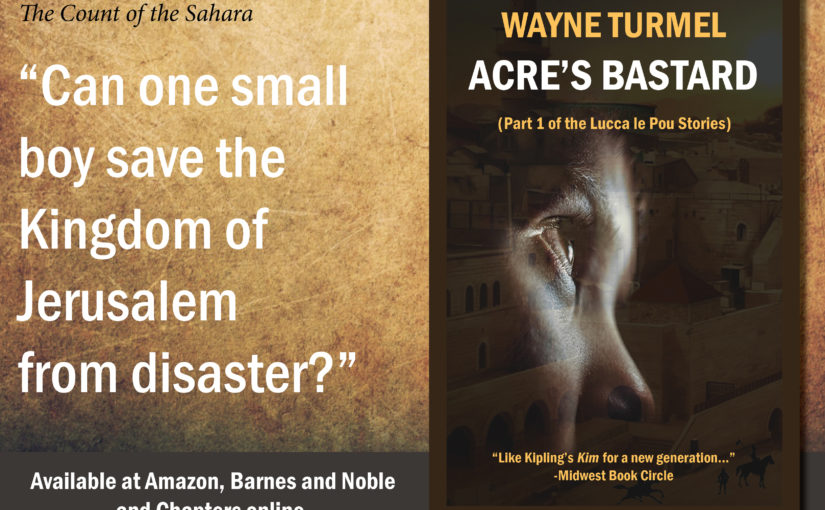

 My life is a little more sedate than that of my characters.
My life is a little more sedate than that of my characters.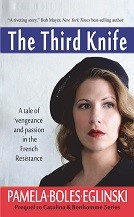 The novel begins in 1943. In the chaos of war, Charlotte is unable to find her aunt, and in desperation searches for a childhood friend, Edouard Bonhomme. He now leads a band of French Maquis—a subset of the Resistance. She embraces their mission . . . one of espionage, subterfuge, and guerilla warfare. Set on the French Riviera, this rag-tag team of spies sets out to defeat the Germans—focusing on the Gestapo.
The novel begins in 1943. In the chaos of war, Charlotte is unable to find her aunt, and in desperation searches for a childhood friend, Edouard Bonhomme. He now leads a band of French Maquis—a subset of the Resistance. She embraces their mission . . . one of espionage, subterfuge, and guerilla warfare. Set on the French Riviera, this rag-tag team of spies sets out to defeat the Germans—focusing on the Gestapo. That’s where alternative history comes into play, which eventually leads us to Alison Morton’s “Roma Nova” series, and her latest installment, “Insurrectio.” Not only does it ask “what if the Empire survived until today?” It also plays with roles of gender and class.
That’s where alternative history comes into play, which eventually leads us to Alison Morton’s “Roma Nova” series, and her latest installment, “Insurrectio.” Not only does it ask “what if the Empire survived until today?” It also plays with roles of gender and class.